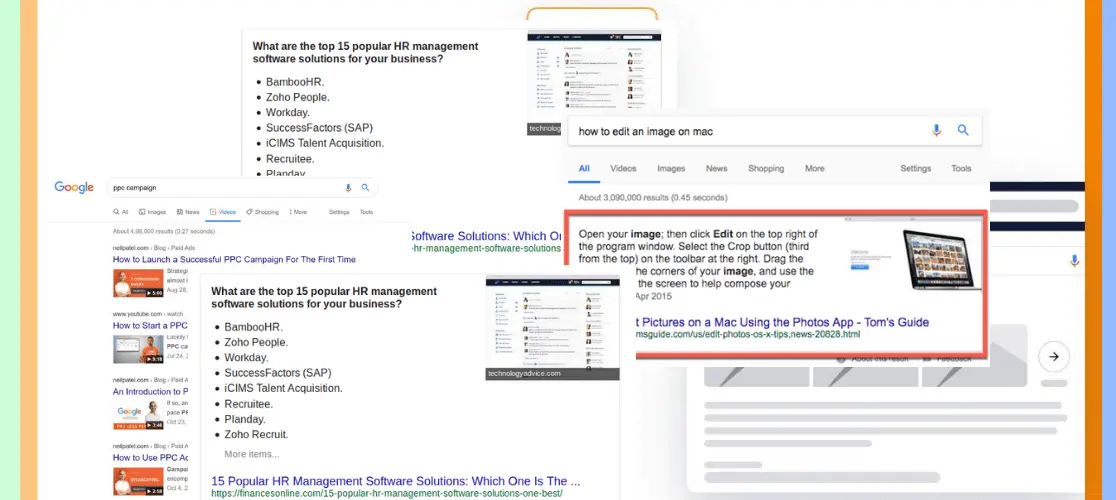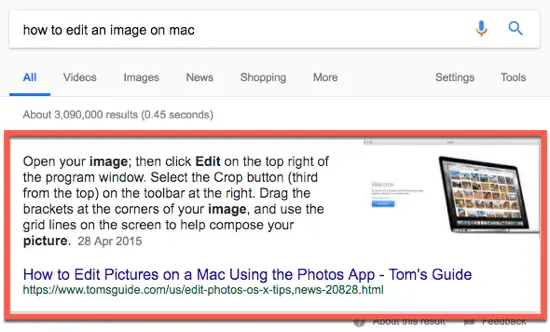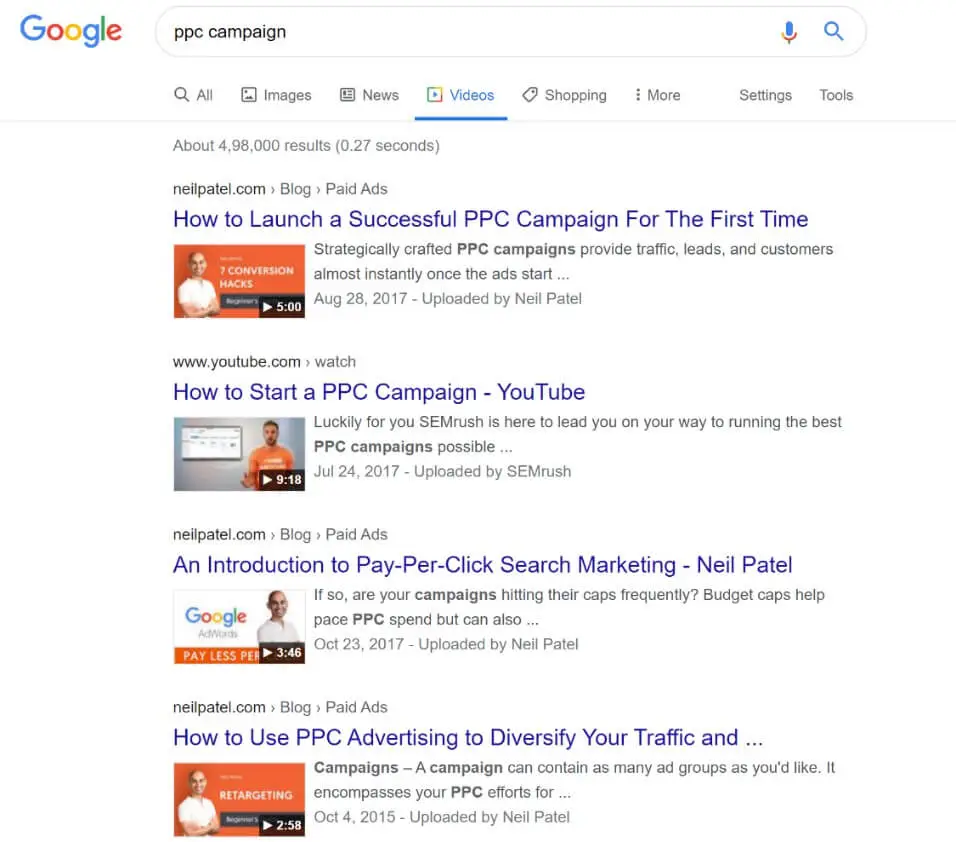Demystifying Google's Featured Snippet: Your Gateway to SERP Success

Unlock the secrets of Google's Featured Snippet with our comprehensive guide. Discover what Featured Snippets are, how they work, and actionable tips to secure that top spot on SERPs. Elevate your online visibility, drive organic traffic, and establish authority in your niche. Don't miss out read now!
Welcome to our blog where we unravel the mystery behind Google's Featured Snippet – that coveted spot atop search engine results pages (SERPs) where your content can shine brightest. In this digital age where visibility is key, understanding and harnessing the power of Featured Snippets can be a game-changer for your online presence. Let's dive in!
What is a Featured Snippet?
A Featured Snippet is a concise summary of an answer to a user's query, displayed prominently at the top of Google's search results. It aims to provide users with a quick and direct answer to their question without having to click through to a specific website. These snippets are pulled from web pages that Google deems relevant and authoritative for the given query.
Types of Featured Snippets:
1. Paragraph Snippets:

These are the most common type, featuring a brief excerpt of text from a webpage along with the page's title and URL.
2. List Snippets:

These display information in a bulleted or numbered list format, ideal for step-by-step guides or lists.
3. Table Snippets:

When the information is best presented in a tabular format, Google may choose to display it as a table snippet.
4. Video Snippets:

Google sometimes includes video snippets, featuring a thumbnail from a relevant video along with a title and description.
How to Get Your Content Featured
Achieving a Featured Snippet spot requires strategic optimization of your content. Here are some tips to increase your chances:
- Target Long-Tail Keywords: Identify specific questions or queries your audience is likely to search for and craft content around them.
- Provide Clear Answers: Structure your content to provide clear, concise answers to targeted queries.
- Use Formatting: Utilize HTML tags such as <h2> for headings and <ul> or <ol> for lists to help Google understand your content's structure.
- Optimize Metadata: Craft compelling meta-titles and descriptions that accurately summarize your content and entice clicks.
- Create High-Quality Content: Focus on creating valuable, informative content that addresses user intent effectively.
Benefits of Featured Snippets
Securing the Featured Snippet spot can yield several benefits for your website:
- Increased Visibility: Your content is showcased prominently at the top of search results, increasing visibility and driving organic traffic.
- Authority Establishment: Being featured establishes credibility and authority in your niche, fostering trust with your audience.
- Improved Click-Through Rates: Users are more likely to click on your content when it's featured, leading to higher click-through rates.
- Competitive Advantage: Outranking competitors in the Featured Snippet spot can give you a competitive edge in your industry.
Conclusion: In conclusion, Google's Featured Snippet offers a valuable opportunity for businesses and content creators to enhance their online visibility and authority. By optimizing your content to target featured snippet opportunities, you can elevate your position in SERPs and drive meaningful organic traffic to your website. Keep experimenting, refining your strategies, and monitoring your results to make the most of this powerful SEO tool. Happy optimizing!
